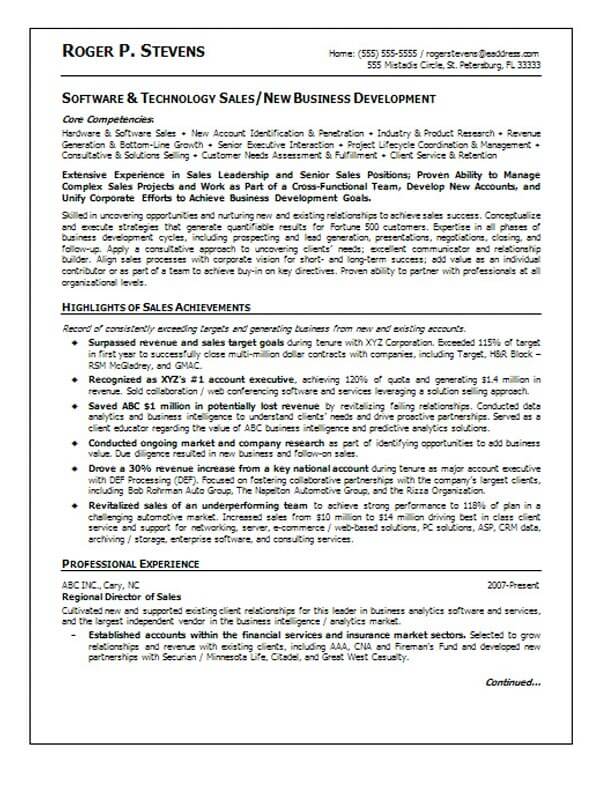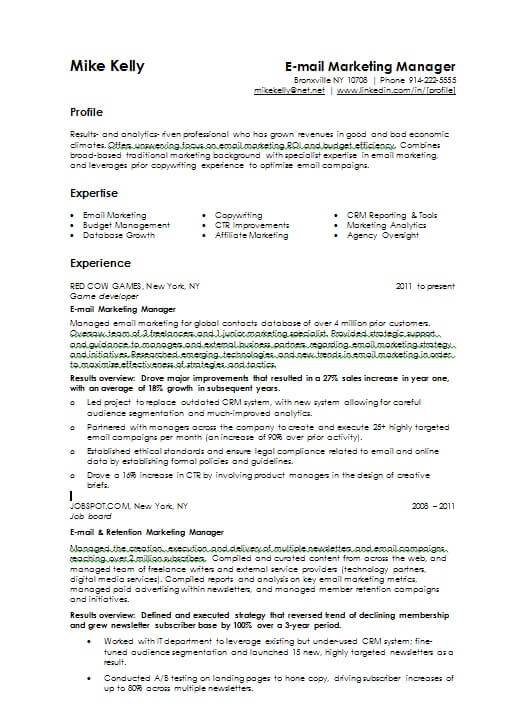- Which resume format is the right one? Which format is the preferred one?
You might be surprised to learn that there is one resume format that is preferred by hiring managers and recruiters. It is the only style I use with clients and the one I recommend.
Interestingly at the time of writing this post, Google is currently showing 202,310 monthly searches for “resume template” and 209,420 for “resume example”. Clearly, there are a lot of unanswered questions people have about how to put together a resume.
Be warned about using a template, particularly a free one. Just because it’s free doesn’t mean it works.
Which Resume Format Should I Use?
There are typically three general formats available to use.
- Chronological
- Functional
- Hybrid
Chronological Resumes
These resumes are the most preferred by hiring managers and recruiters. This is also the only format I use with clients. It allows the person reviewing your resume to easily understand your background and determine whether you have the suitable skills, knowledge and experience to progress to an interview.
Nothing frustrated me more as an HR Manager than resumes that were difficult to understand and determine if the applicant was the right fit.
Do you have any of the following challenges?
- Gaps in your work history?
- Job instability or job hopping?
- New to the workforce or heading towards retirement?
- Unusual career path?
I’ve worked with hundreds of clients facing these challenges and more. Most were afraid their resume (regardless of format) wasn’t going to work. I’ve proven time and time again if you are good at crafting resumes, these challenges can be overcome.
Within a chronological format, you will start by listing your work history from the most recent position to the oldest position you are selecting to include (typically only including experience within the latest 10-15 years).
Similar to the professional history section, education is likewise listed in reverse order, with the most recent information at the start. This is the preferred format for most recruiters (unless otherwise stated) and should be your default choice.
Case in Point:
I had a client who had been in and out of the workforce for most of her career. She had been a homemaker most of her career and had taken up short bursts of work as she felt like it. At the time we met she was 60 and ready to re-enter the workforce part-time.
I remember her saying numerous times to me “who is going to hire me, Lisa?” My response was always the same “You are very employable and there is no reason you won’t be hired”.
Her resume was very simple. She had no degrees or formal qualifications. In fact, her resume was only one page. There were only three positions on it and the last position was 10 years ago. All positions were short in duration.
But with a well-written resume and cover letter, she applied for three positions. She received two call backs, one interview and one job offer. She is now a teaching assistant. A position that she had never previously held.
Functional Resumes
These resumes aren’t for everyone and in fact only cause confusion or irritation by employers and recruiters.
As opposed to a chronological resume, functional formats place a higher emphasis on skills and position responsibilities rather than a chronological list of employment. Instead of grouping duties and skills by position, descriptions are removed from any one position and utilised to more generally speak to the professional capacity.
The problem is, recruiters and hiring managers don’t know when you acquired these skills and can’t see clear career progression.

The only time I will use a functional resume is for recent graduates with no work history or completely unrelated work history.
If you still want to run with a functional resume then here are some other times you might consider one:
- When you have lots of jobs that are dissimilar
- When you are making a career change
- Going back to a former work field
Even with the above, I still manage to achieve interview success with a chronological resume.
Hybrid Resume
This resume style uses both chronological and functional resume formats. Basically, the top part of your resume is functional with a shorter section for each position.
Again the problem with this resume format is the inability for a hiring manager or recruiter to quickly work out career trajectory and which position your achievements relate to.







